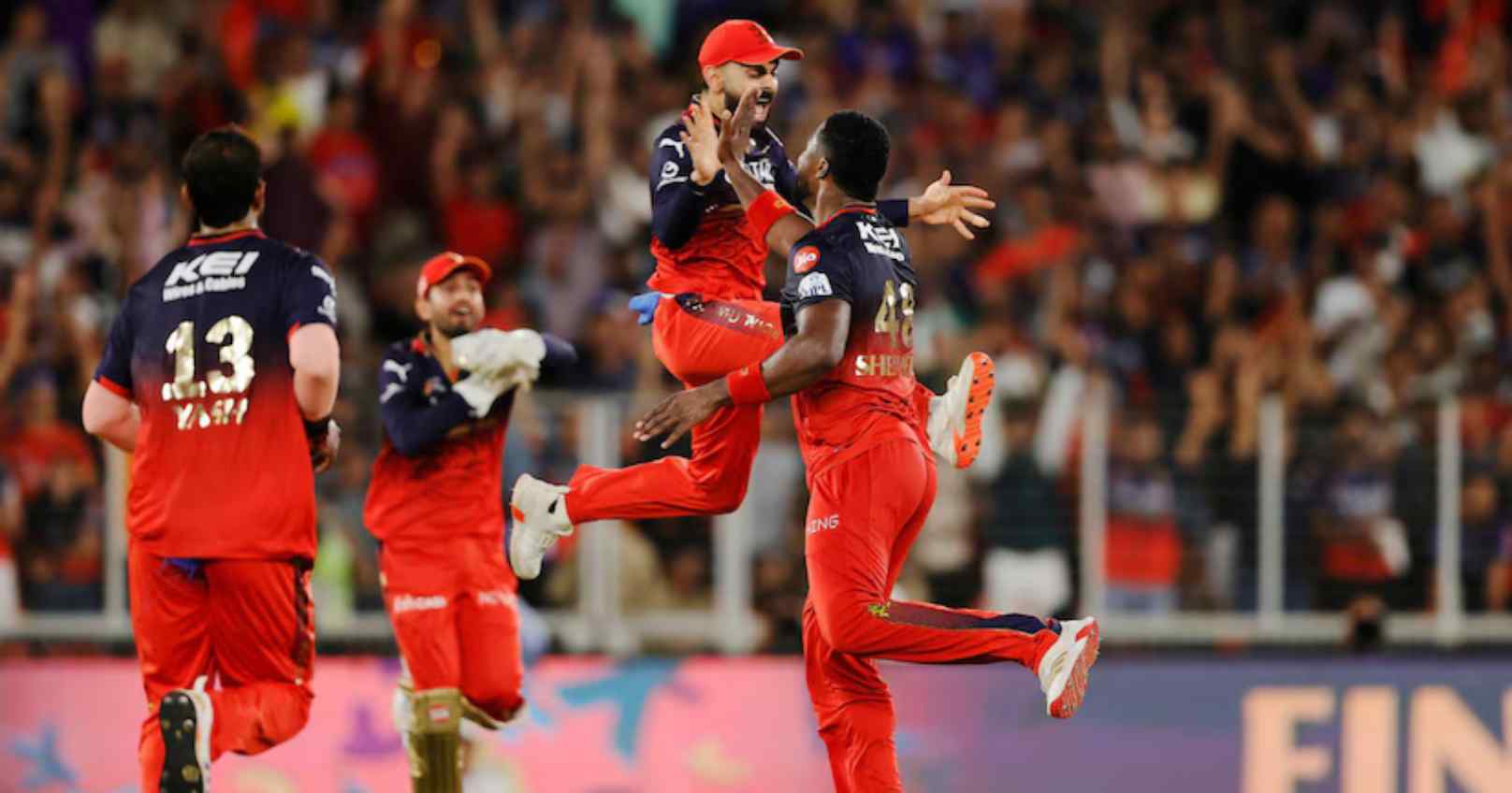After spending 286 days in space, completing 4,577 orbits around Earth, and covering an astonishing 195.2 million kilometers, NASA astronaut Sunita Williams has safely returned to Earth.
Williams, who originally embarked on an eight-day mission alongside fellow astronaut Butch Wilmore, found herself extending her stay for nine months due to unforeseen technical malfunctions in the Starliner spacecraft. The mission, initially planned as a brief certification flight—a process well within Williams’ expertise from her test pilot days in the U.S. Navy—turned into a prolonged space adventure marked by record-breaking spacewalks and intense debates on the ground.
The astronauts, part of the Crew-9 mission, concluded their journey with a successful splashdown in the Atlantic Ocean, navigating the perilous descent through Earth’s atmosphere.
Flawless Splashdown Marks the End of a Long Mission
On Tuesday, the Crew-9 astronauts boarded the SpaceX Dragon spacecraft, donning their suits as they prepared for the return voyage. After undocking from the International Space Station’s Harmony port, they embarked on a 17-hour journey closely monitored by NASA and SpaceX ground teams.
The Dragon spacecraft executed a precise descent burn, aligning itself for re-entry. As it plummeted toward Earth at tremendous speeds, the friction against the dense atmosphere generated a plasma shield around the capsule, temporarily cutting off communication with mission control. Inside the capsule, the astronauts braced for the blackout to end as temperatures soared outside.
Moments later, Dragon successfully re-established contact, signaling that all was well. The deployment of drogue parachutes significantly reduced the capsule’s velocity before the main parachutes ensured a smooth splashdown off the Florida coast. A recovery vessel was on standby to assist Williams and her crew upon arrival.
Adjusting Back to Life on Earth
Though Williams and Wilmore are back on solid ground, their physical recovery is just beginning. The transition from microgravity to Earth’s gravitational pull can be challenging.
In space, bodily fluids shift upward, causing puffiness in the face and muscle weakening in the lower body. Upon return, this reverses, often resulting in discomfort and difficulty walking. Astronauts experience muscle atrophy, losing up to 2% of bone mass per month despite rigorous exercise routines in orbit.
The cardiovascular system also requires readjustment. With reduced exertion in space, the heart slightly shrinks over time, requiring adaptation upon return. Additionally, the balance system, heavily influenced by gravity, can cause dizziness and nausea in the initial days back on Earth.
A Special Message from Prime Minister Narendra Modi
Before her return, astronaut Mike Massimino delivered a heartfelt letter from Indian Prime Minister Narendra Modi. The letter expressed India’s immense pride in Williams’ achievements, stating, “Even though you are thousands of miles away, you remain close to our hearts.”
Modi acknowledged her contributions to space exploration and extended an invitation for her to visit India, assuring her of the nation’s prayers for her well-being and continued success.
SpaceX Triumphs Amid Political Controversy
Williams’ extended stay became the center of a political debate, with former President Donald Trump using the delay to criticize the Biden administration. SpaceX founder Elon Musk, standing by Trump’s side, reaffirmed his company’s dominance in the commercial space industry.
Williams had launched aboard Boeing’s Starliner, which, despite receiving NASA contracts alongside SpaceX, has faced repeated technical issues, delays, and a tarnished reputation as the only crewed spacecraft to return empty from space.
In contrast, SpaceX has emerged as a leader in space transportation, with its Dragon spacecraft boasting a flawless track record. With Williams and her team safely back, SpaceX now shifts its focus to the upcoming Axiom-4 mission, which holds special significance for India.
India’s Return to Space with Axiom-4
Scheduled for launch in the spring, the Axiom-4 mission will see Indian Air Force Group Captain Shubhanshu Shukla piloting the Dragon spacecraft to the International Space Station. The 14-day mission, featuring a crew of private astronauts, marks India's return to human spaceflight nearly 50 years after Rakesh Sharma’s historic journey.
As preparations continue, anticipation builds for this milestone moment that will once again place India among the nations exploring the vast expanse of space.







